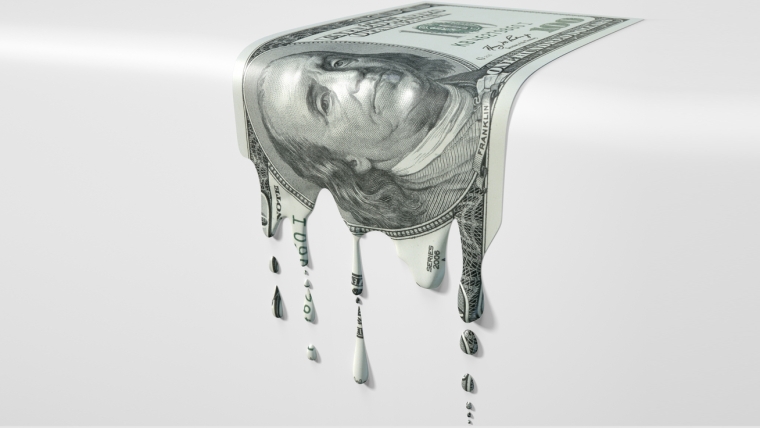
Softer than expected US inflation data contributed to large moves across global markets. US equities are higher with the S&P up 0.9% having reached the highest level in 15 months. US treasury yields are lower, and the US Dollar is sharply weaker.
US headline inflation fell to 3% from 4% in May which is the slowest rate of inflation since March 2021, and below expectations of 3.1%. Core inflation also undershot expectations printing 4.8% which was driven by softer airfares, hotel costs, and a drop in used vehicle prices. Prices for core services ex-rent, which is closely monitored by the Federal Reserve officials, were unchanged, and climbed at only a 2.9% annualized rate in the three months to June. Futures market continue to see close to a 90% chance of a 25bps hike at the July FOMC but have pared expectations for a further hike beyond this.
US treasury yields fell across the yield curve. 2-year yields dropped to a low of 4.72%, from 4.84% before the data, marking a large reversal from the multi-year highs of 5.11% reached only last week. 10-year yields fell 12bps to 3.86% with the ultras underperforming in the rallying market. European bond markets also rallied strongly. 10-year bunds were 9bps lower at 2.55% and 10-year Gilts fell 15bps to 4.51%.
In a broadly anticipated move, the Bank of Canada raised rates by 25bps to 5% which is the second consecutive hike and takes rates to the highest level in 22 years. The Bank revised growth projections higher and said it will take longer for inflation to reach its target. The market is a pricing a small chance of a further 25bps hike.
There were large moves across global currency markets following the inflation data. The US Dollar was already soft in Asia yesterday with USD/JPY trading below the psychological 140 level. The US Dollar Index extended the weakening trend taking out key technical levels and fell to the lowest level in more than a year. Amongst the majors, the yen continued to outperform.
NZD/USD made strong gains amid the weaker Dollar backdrop trading above 0.6300 to the highest levels since May. NZD/AUD remained relatively steady continuing to oscillate around 0.9280.
The RBNZ held rates steady at 5.5% at the Monetary Policy Review yesterday after 12 consecutive hikes that began in October 2021. The accompanying statement noted ‘inflation is expected to continue to decline from its peak’ and ‘there are signs of labour market pressures dissipating’, increasing the likelihood that the OCR has peaked for the cycle. The economy is evolving in line with the Bank’s expectation, and they are ‘confident’ that inflation will return to the target range, if interest rates remain at a restrictive level, for some time.
Despite being in line with expectations, the domestic rates markets extended the move lower in yields following the MPR. There front end of the NZGB curve outperformed, and the ultras lagged, further steepening the 10/30s curve to 23bps. New Zealand debt Management (NZDM) is tendering NZ$500 million of NZGBs today split across 15 May 2026 ($250m), 15 May 2031 ($150m) and 15 May 2051 ($100m). It is the first time that the 2031 maturity has been offered since December 2021. Tender volumes in the 2051 maturity represent a step up from the recent NZ$50 million per fortnight. New Zealand Local Government Funding Agency (LGFA) has announced an Australian Investor Roadshow ahead of a potential inaugural AUD Kangaroo transaction.
NZ Manufacturing PMI is released this morning ahead of food price data for June, which will help firm up Q2 CPI forecasts ahead of the release next week. Electronic card spending will be boosted by fuel spending before the rise in fuel excise tax on July 1.

We welcome your comments below. If you are not already registered, please register to comment.
Remember we welcome robust, respectful and insightful debate. We don't welcome abusive or defamatory comments and will de-register those repeatedly making such comments. Our current comment policy is here.